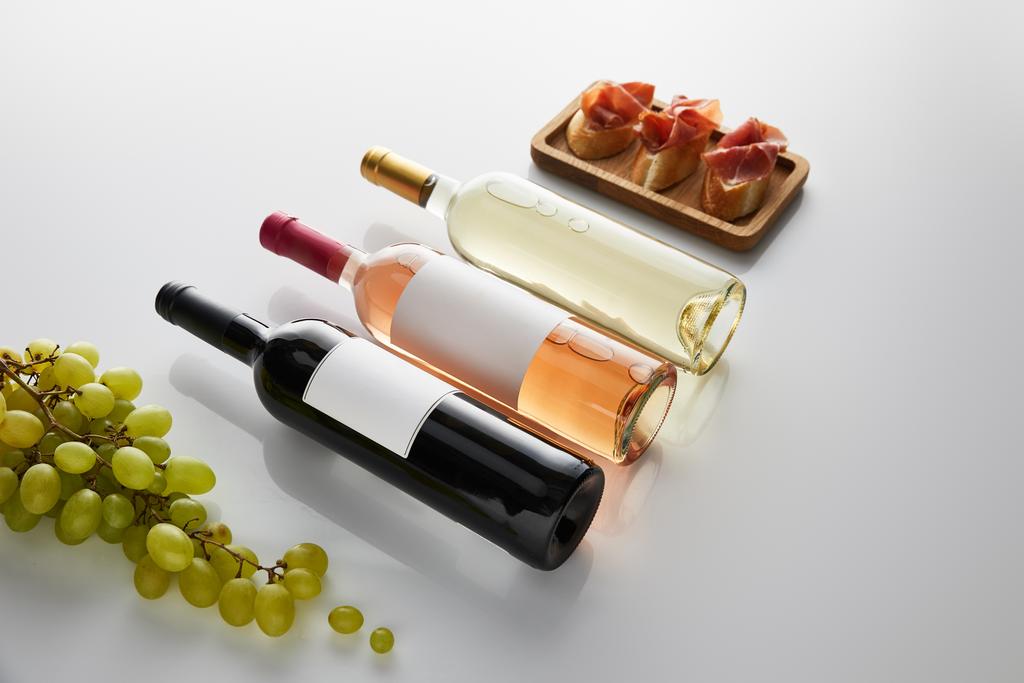The bottle is open but not drunk empty: Depending on the drink, the shelf life of the alcohol varies. It is important to know how long each drink should be kept.
How long does wine and sparkling wine last after opening?
Surely you have already asked yourself whether you have to throw away the opened bottle of the alcoholic beverage. But this is not the case: if you store the opened bottle properly, you can extend its shelf life. The times given are not fixed, so if you notice that the drink has a strange smell or taste, you should not hesitate to throw the drink away before the time frame is up for health reasons. The reverse also applies: if the drink still tastes and smells good, even though it has been open longer than stated, it can still be enjoyed.
You should definitely store an open white wine in a cool place. Normally, if it is a strong white wine, it should retain its taste after about two to three days. If you have a light white wine, the taste can wear off after just a day or two. The same applies to rosé: lighter varieties lose their aroma a little faster, stronger wines only about two to three days in the fridge. Red wine is also stored refrigerated after opening. If the wine has a high tannin content, it can retain its aroma for around five to seven days; medium-bodied and light wines lose their flavor intensity over the course of three to four days after opening. If the wine taste has evaporated, but the wine is still good, you can use it for cooking, for example.
Opened sparkling wine, champagne or other sparkling wine bottles have a very short shelf life as the carbon dioxide evaporates quickly. When storing the bottle, it is important that you close it tightly and put it in the fridge: This way, they usually still taste slightly tangy after two days. After the second opening, the bottle should ideally be emptied. Whether putting a silver spoon down the neck of the bottle is helpful has not been scientifically proven.
High-percentage storage: You have to pay attention to this
The shelf life of harder alcoholic beverages depends on how high the alcohol content is. As the alcohol content increases, so does the shelf life; nevertheless, the other ingredients should not be ignored either.
If you are storing a homemade liqueur that contains perishable ingredients, you should always be extra careful. Before drinking, you should always smell it and try it to see if it’s still edible. Particular care should be taken, for example, with egg liqueurs, cream liqueurs, the well-known crème de cassis* and vermouth. It is important that you store the liqueur in a cool and dark place: it should keep for a few weeks.
With liqueurs that have an alcohol content of more than 30 percent, the shelf life is automatically longer. If you store these liqueurs in a dark and cool place, you can usually still enjoy them decades later.
Brandies or spirits that have an alcohol content of more than 37.5 percent are known to have a “shelf life forever”: If you keep them closed and in the dark, they actually have a very long shelf life. The only thing that can be lost over the years is the aroma of the drink.

